The Neuroscience of Customer Experience (CX) & Digital TransformationThere is a new CX balancing act—the need for digital and a want for human. After 15-years of doing retail mystery shops and lecturing Customer Experience (CX) at the Gordon Institute of Business...
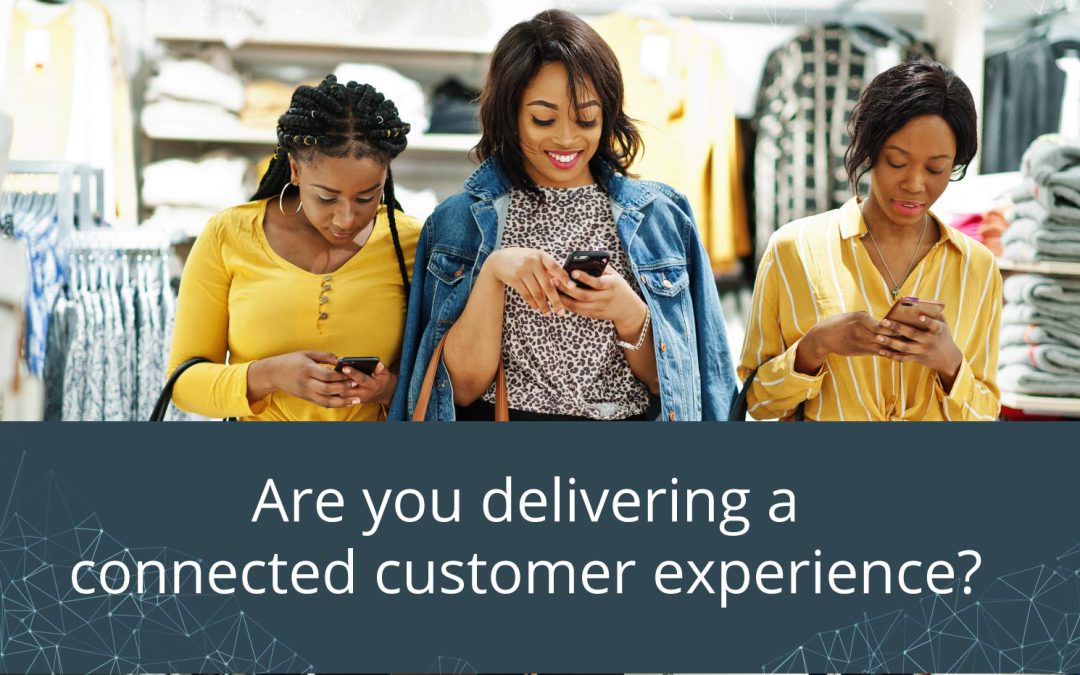
Are you delivering a connected customer experience?
Customer Engagement Trends
The customer is the centre of every successful business, and digital technology allows you to interact with them in more ways than ever before. It is also important to remember that customers expect more as well. A lot more.
Create a bad experience, and you’re more likely to lose that customer. Improve your customer’s experience and get more business.
The question is, how do you create better customer experiences that will encourage new business and loyalty from your customers?
New business opportunities are being created as a result of seismic shifts in the global business landscape. Customer-experience-focused executives understand that a linear process based on megaphone messaging is no longer sufficient to connect with customers. Hyper-personalised, orchestrated journeys, which elevate customer experiences, are the future of marketing. Customer-driven journeys that deliver customer-centred messages in real-time will succeed.
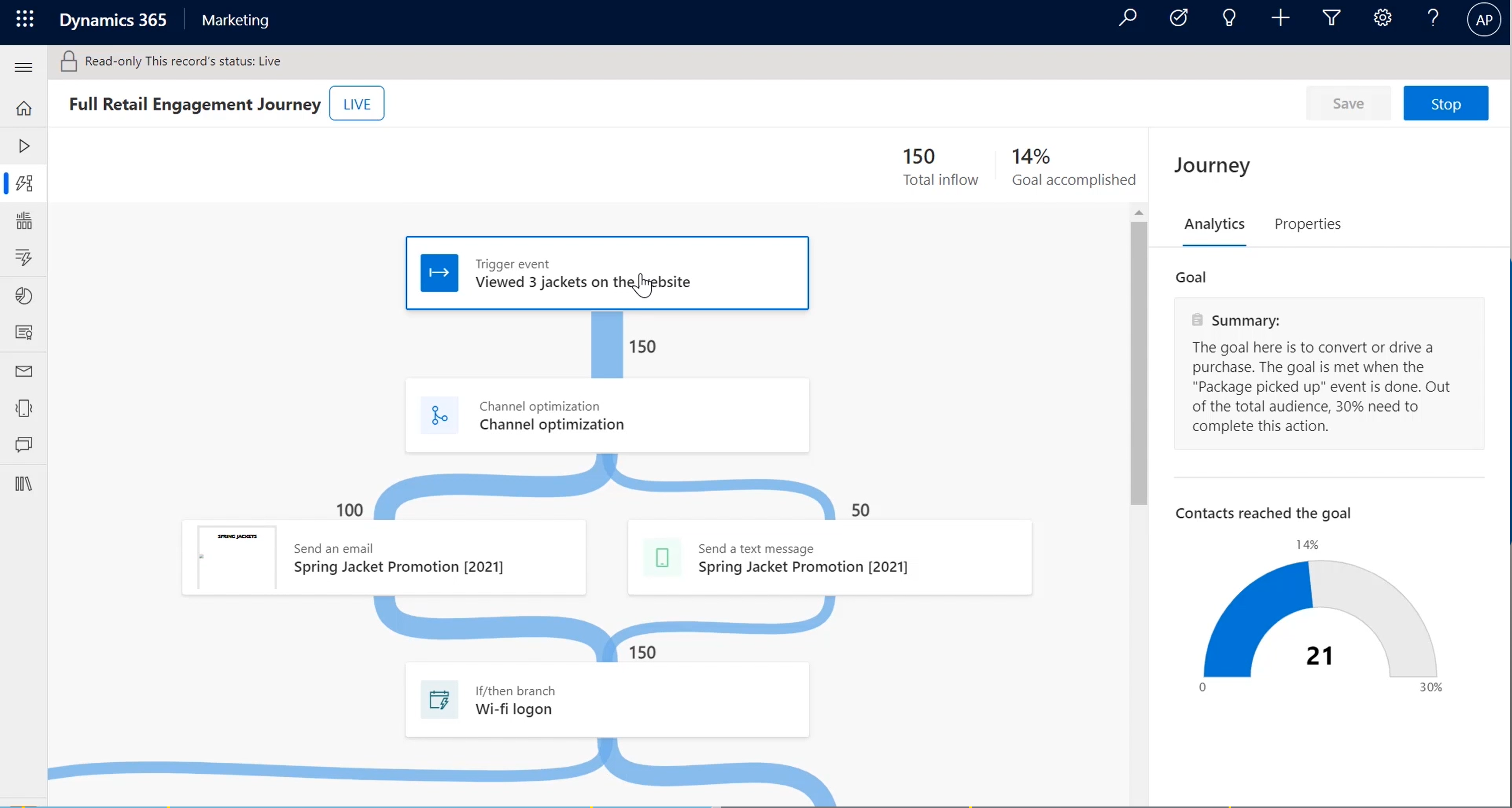
Create personalised interactions
It is essential that customers have the ability to construct their own paths to purchase decisions in order for personalisation to succeed. A better understanding of customer needs will enable organisations to develop hyper-personalised messages that are more tailored and relevant. Further, there needs to be a greater focus on nurturing and retaining long-term, high-value customers.
Drive personalised interactions with real-time customer journey orchestration
Engage customers in real-time with Microsoft Dynamics 365 Marketing. By applying these technologies, organizations have the ability to establish close relationships with each of their customers, and they can communicate with them in the channels they prefer, with a great deal of assistance from artificial intelligence.
Personalise customer experiences, messages, and channels with Artificial Intelligence
In order to provide personalised service to customers, organisations should consider the range of experiences their customers have with them. Dynamics 365 Marketing uses AI to help determine which channel—email, text, push notification—a customer will be most receptive to. Business users of this application can also draw on a new AI-driven content library to help select the content elements that will resonate better with the customer. Focus on your best opportunities.
Dynamics 365 Marketing supports:
- Real-time customer journey orchestration.
- Customer-led, event-based journey triggers.
- AI-driven recommendations for channels and content.
- Stronger integration with Microsoft Teams for nurturing webinars and meeting attendees.
- Works well with Microsoft’s customer data platform, Dynamics 365 Customer Insights.
- The collection of detailed feedback using Dynamics 365 Customer Voice surveys.
- The development of customer trust with a secure, unified, and adaptable platform.
All of which help you win customers and earn loyalty.
Optimise customer journeys
Dynamics 365 Marketing provides real-time customer journey orchestration to help organisations understand, orchestrate, and engage their customers better across marketing, sales, commerce, and service. Dynamics 365 Marketing has a unique, direct connection to data and insights from Dynamics 365 Customer Insights and can use its continuously updating, multi-data source segments dynamically.
Enhance engagements
Marketing technology requires substantial amounts of data to understand, orchestrate, and engage customers at scale and in real-time. The more data available, the higher the likelihood of intervening at the right time, in the right way, and prompting the next best action. The number of touchpoints per customer per journey is increasing. Capturing data across those touchpoints and making sure it is fed into the next customer interaction using advanced AI is vital.
Design end-to-end journeys
Customer journeys orchestrated by Dynamics 365 Marketing are based on real-time interactions across email, mobile, social media, custom channels, and in-person touchpoints. They reach customers in a personal way, encouraging greater understanding between organisations and customers to win customer confidence and loyalty.
Engage in real-time
The next leap in customer journey effectiveness is the introduction of real-time responses to customer-triggered events. AI helps guide a journey to refine the message, offer, and delivery—and assists in conducting dynamic experimentation to determine the content that resonates best—all with unprecedented speed. When a company can rapidly adjust to triggering events that indicate a change in customer focus or signal a new activity, customers then know that they are valued.
Use analytics to monitor and measure success
Activating digital selling and marketing makes it easier to collect data for sophisticated analytics. As part of your analytics process, ensure that your customer journey orchestration software offers a set of built-in analytics dashboards and cross-journey insights to improve journey effectiveness and achieve your business goals. In real-time, monitor your customer journeys and channel KPIs and guide evaluating performance metrics for messages and channels. Is a social channel effective for a specific interaction? Thoughtfully designed analytics capabilities can provide the answer.
Orchestrated customer journeys: essential to success
Organisations must deliver personalised messages that customers can identify with explicitly or implicitly—the right message, at the right time, using the channel that customer prefers—to show that they understand and care about their customers. Strong, sustained growth is a constant requirement for every business. But in today’s world of uncertainties, organisations must not only reach new customers; they must strengthen existing relationships. Demonstrating a commitment to customers is now centre stage in forward-thinking organisations. Customer-led, real-time orchestrated customer journeys are the way to help existing customers progress from one-time engagements to repeat customers to fans of the company.
Subscribe to our newsletter
Don’t miss more articles by The CRM Team
The Neuroscience of Customer Experience (CX) & Digital Transformation
Digital Transformation & Customer Experience (CX)
Digital Transformation & Customer Experience (CX)Background In today’s customer-led business world, most businesses are not facing digital disruption – they’ve already been disrupted by Industry 4.0. In fact, digital tech and customer centricity is not a...
Microsoft expands cloud services in South African data centres to drive growth and competitiveness
Microsoft expands cloud services in South African data centres to drive growth and competitivenessDynamics 365 and Power Platform are now generally available in Microsoft's enterprise-grade data centres in Johannesburg and Cape Town. Microsoft's move further...
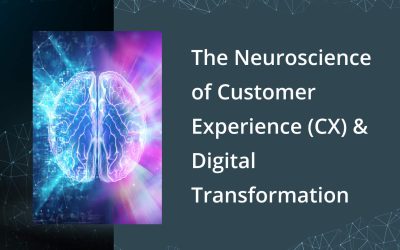
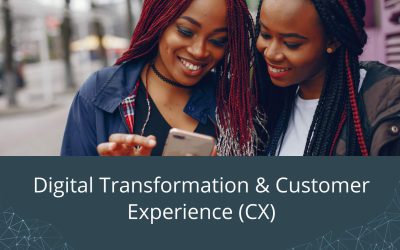

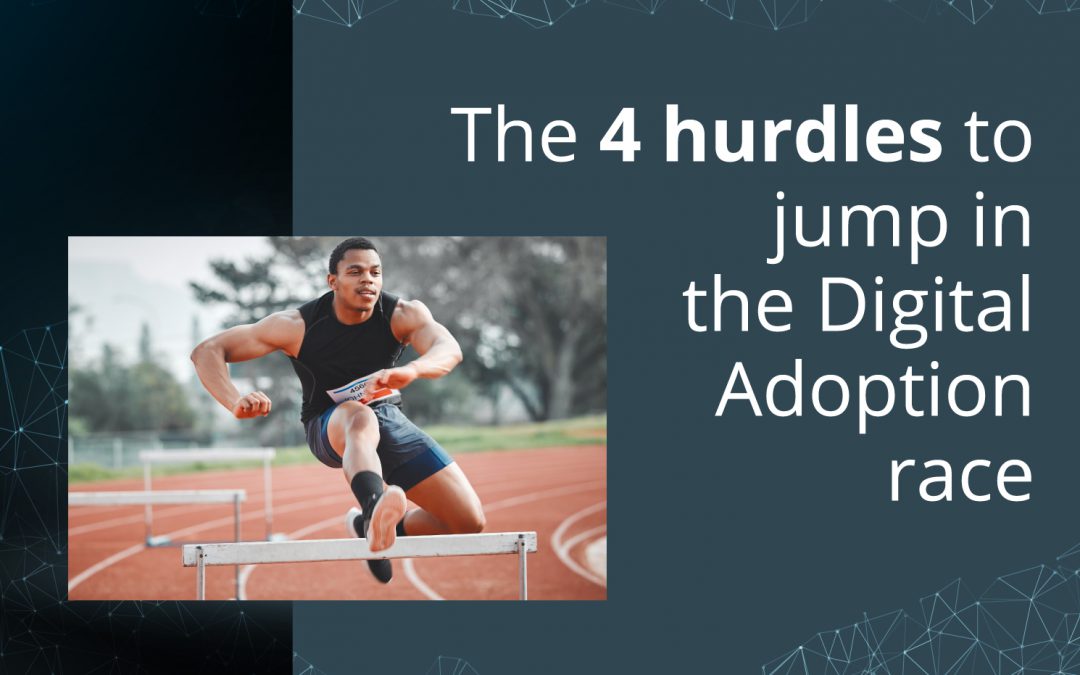
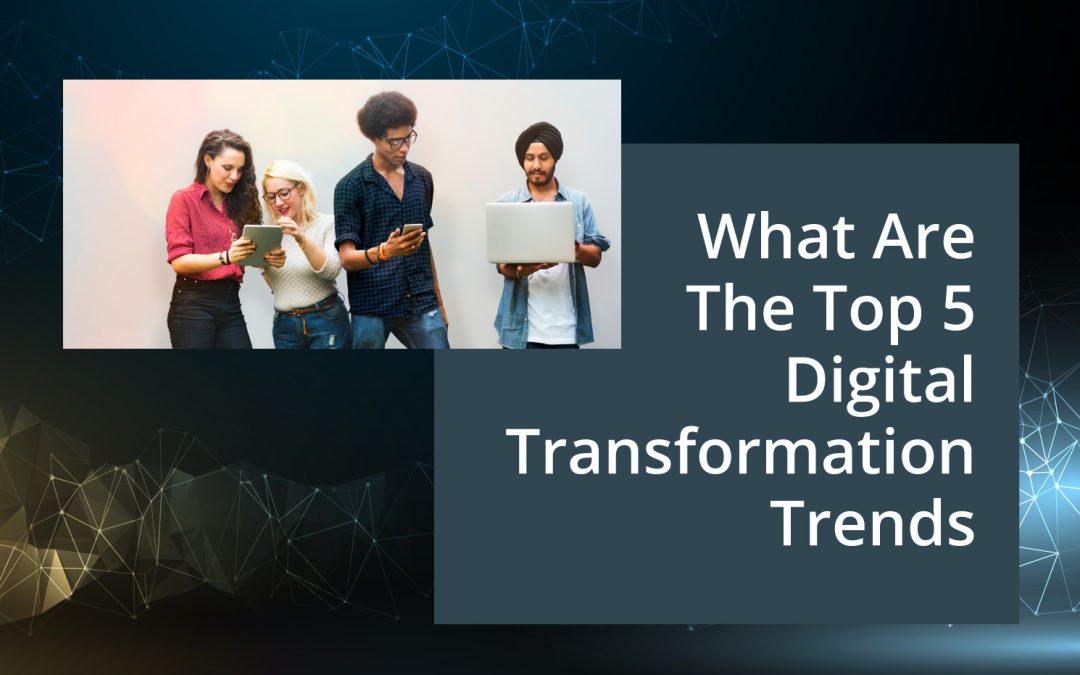
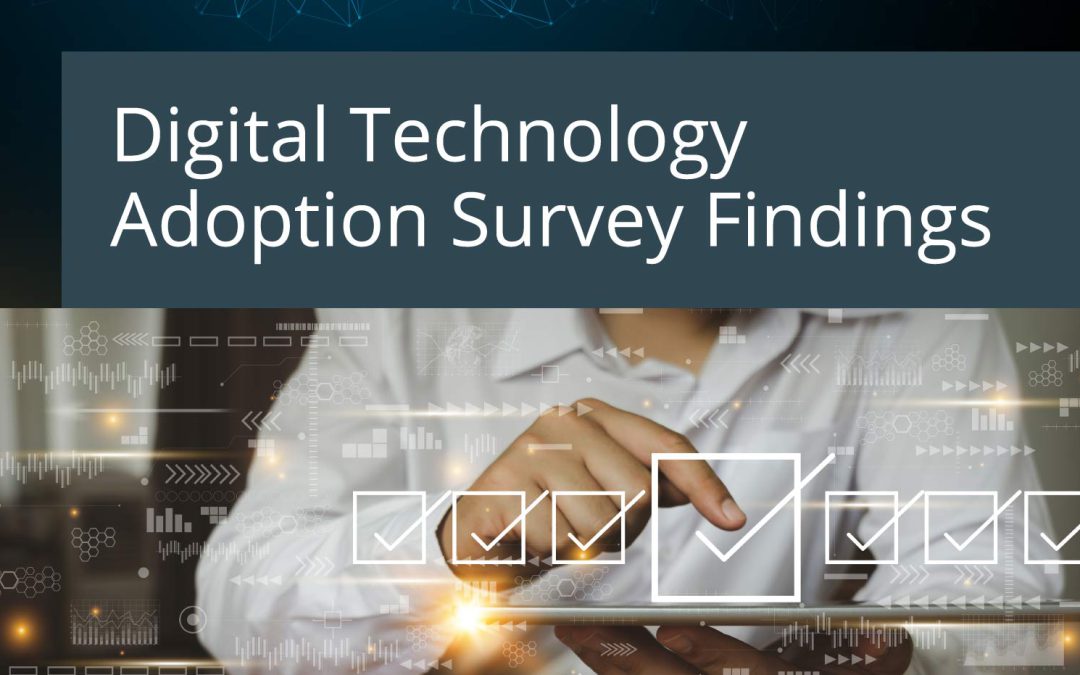
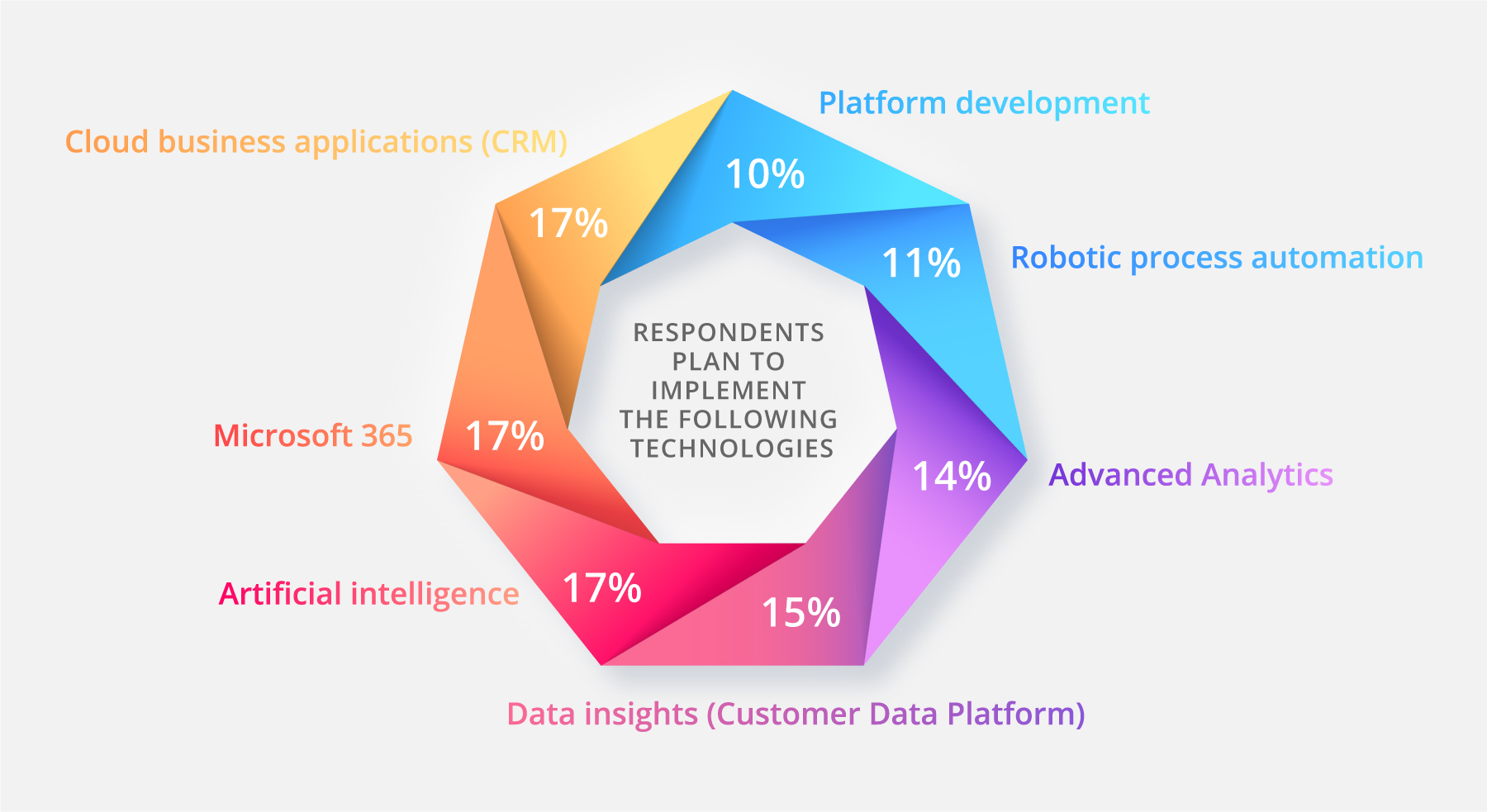
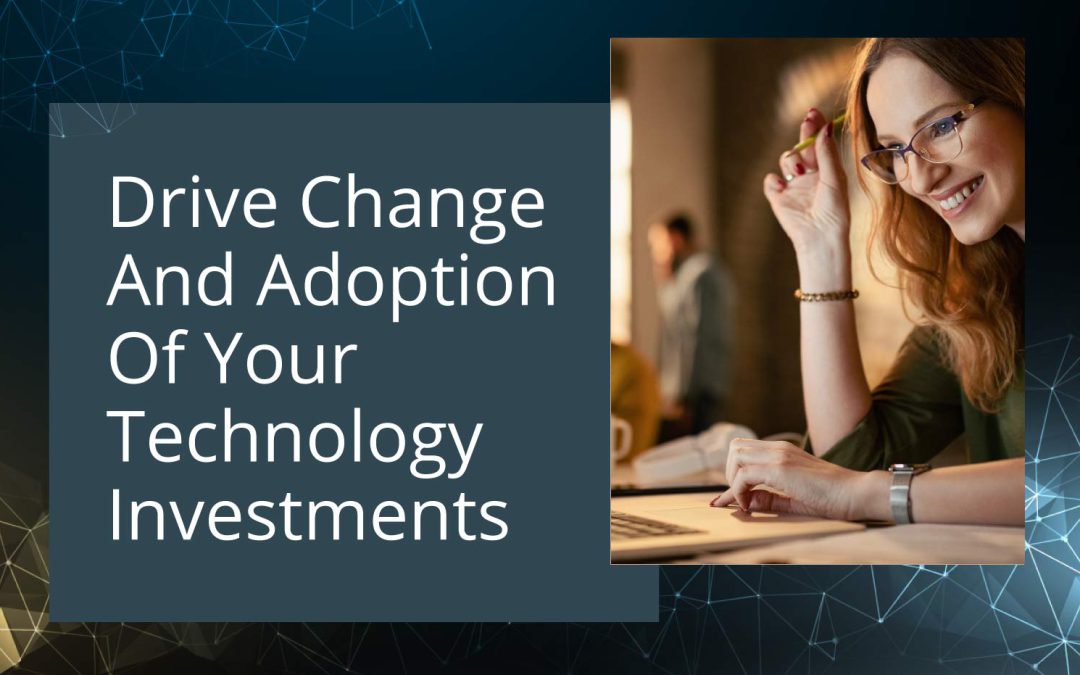
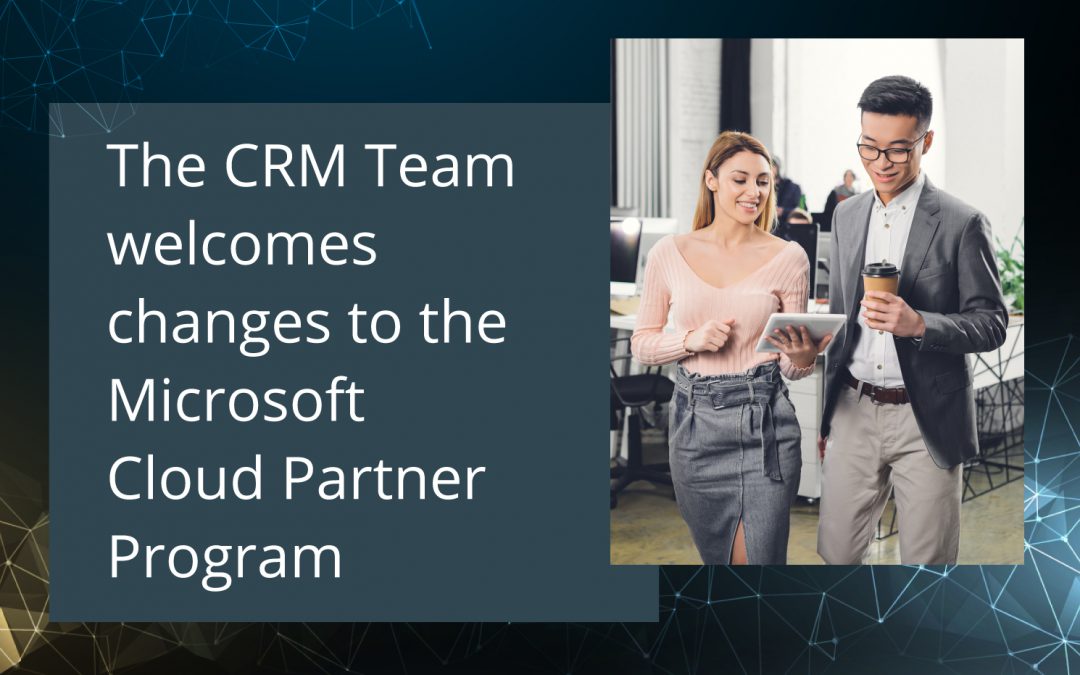


Recent Comments